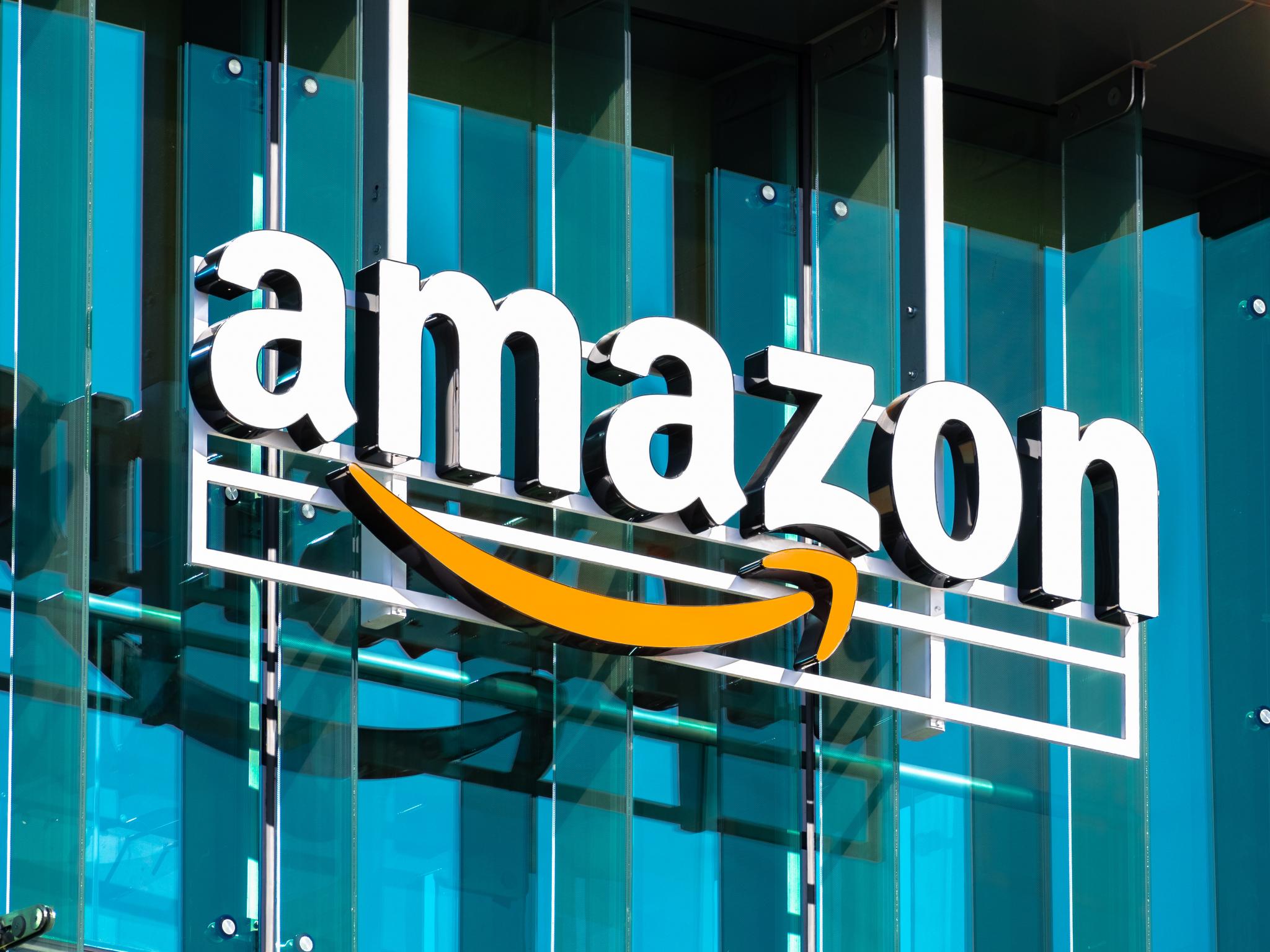
Amazon.com, Inc (NASDAQ:AMZN) 20-for-1 stock split that took effect Monday could potentially draw retail investors to the shares of the e-commerce giant.
What Happened: The split does not change the fundamentals of Amazon but the cheaper stocks can prove to be attractive for investors.
“The psychology remains that stock splits are good. We can debate whether they are or aren't, but if the market perceives them to be a positive, then they act like a positive,” said Steve Sosnick, chief strategist at Interactive Brokers, according to a Reuters report.
Sosnick’s views were echoed by equity trading firm MKM Partners’ Rohit Kulkarni. He said, “We believe a stock split and potential retail trading activity could provide an incremental catalyst to turn sentiment on AMZN shares,” according to Reuters.
Head of big data at JPMorgan, Peng Cheng, noted that retail investors’ ownership of Amazon shares was low compared with robust retail activity in the retailer’s options. This could be construed as investors getting turned off by the high cost of Amazon shares, which ran in four digits previously.
“Psychologically, it doesn’t feel good to spend $1,000 and own a third of a share,” said Cheng.
See Also: How To Buy Amazon (AMZN) Shares
Why It Matters: The split, announced in March, allows shareholders of record on May 27 to receive 19 additional shares for every Amazon share they held on June 3.
In the recent past, both Tesla Inc (NASDAQ:TSLA) and Google parent Alphabet Inc (NASDAQ:GOOGL) (NASDAQ:GOOG) shares have spiked after splits were announced.
Tesla shares rose more than 5% after the company announced a 5-for-1 stock split in August 2020. The shares also rallied after news of a second potential split became public.
Alphabet also announced a 20-for-1 stock split in February, which will come into effect on July 1, 2022. Shares of the search engine giant rose after the split was announced as well.
Price Action: On Monday, Amazon shares closed 2% higher at $124.79 in the regular session and rose 0.35% in the after-hours trading, according to data from Benzinga Pro.
Read Next: Here's How Amazon's Chart Looks Following 20-1 Stock Split







